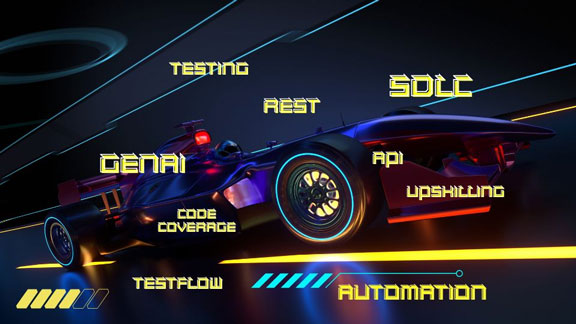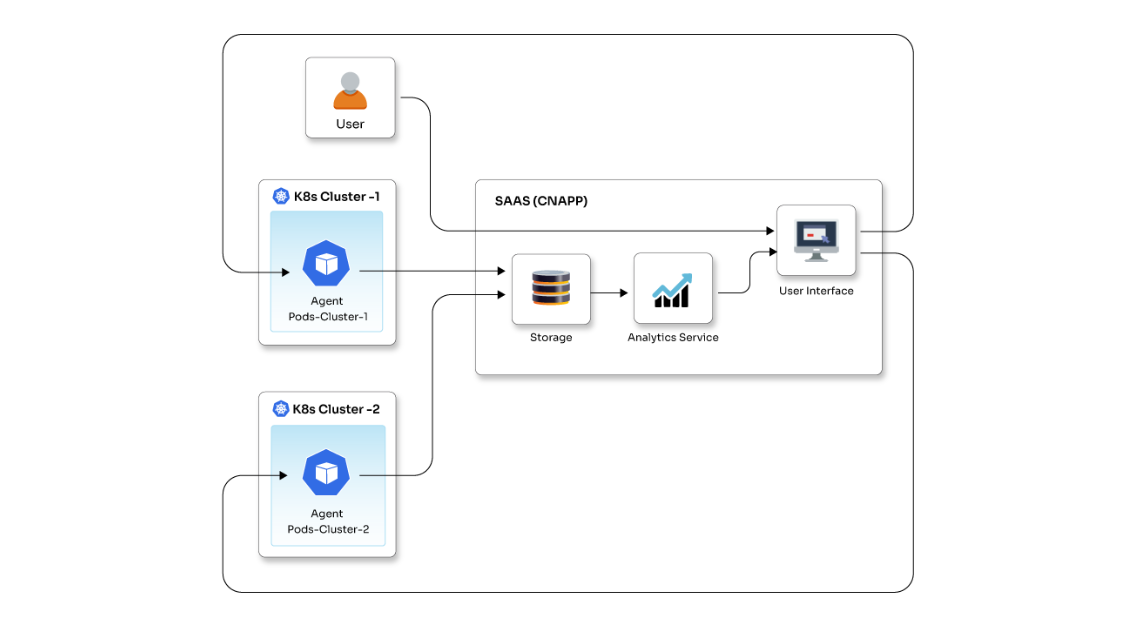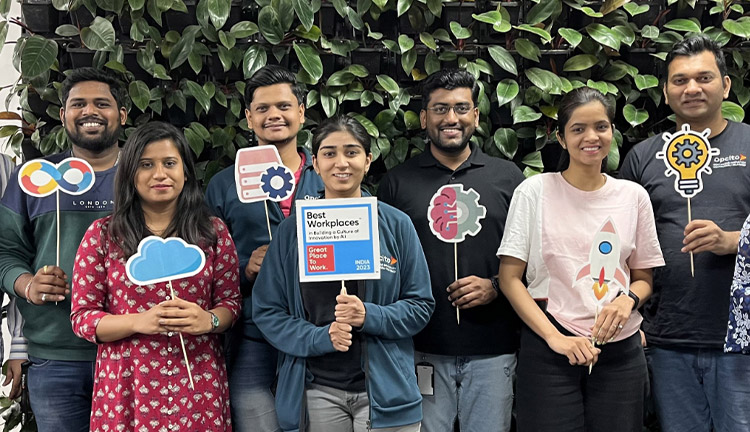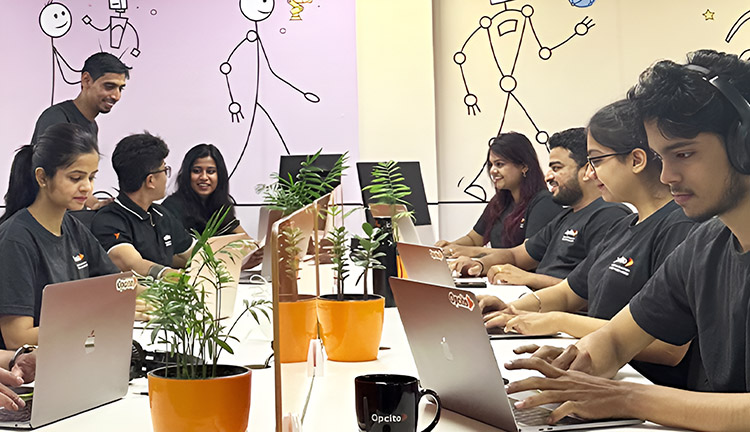Why automated API testing is the backbone of modern cybersecurity

Posted By
Sachin Warke

APIs are the invisible glue holding our digital world together. They connect apps, services, and devices, enabling seamless experiences. But this interconnectedness also creates a challenge: how do we ensure these vital connections are reliable and secure? Traditional API testing often falls short, struggling to keep up with the complexity of real-world scenarios. The solution? API test sequencing.
Why testing individual APIs isn't enough
Imagine a simple online order. It involves multiple steps: adding items to a cart, entering shipping information, and processing payment. Each step likely uses a different API. Testing each API individually is essential, but it misses the bigger picture. What happens when these APIs work together in a specific order? Are there hidden problems that only appear during these complex interactions?
That's where API sequencing comes in. It lets you simulate real-world scenarios, testing the entire flow of API calls and uncovering vulnerabilities that would otherwise remain hidden. This API automated testing is like rehearsing a play: you need to test not just the individual lines, but the entire performance to catch any issues.
The problem with traditional API testing
Building and managing complex test sequences can be challenging. Traditional coding-based methods are slow, require specialized skills, and are hard to maintain. Imagine manually coding all the API calls for a complex banking transaction. It's time-consuming, prone to errors, and difficult to update.
Keeping these test sequences up to date is another considerable challenge. As technologies evolve, business requirements change, and new regulations emerge, maintaining the accuracy and relevance of hand-coded tests can become overwhelming. Frequent updates may be necessary, causing additional strain on teams already stretched thin.
In contrast, exploring API automation tools or low-code platforms can alleviate many of these pain points. These approaches often provide user-friendly interfaces that allow teams to create and manage API test sequences without deep coding knowledge, accelerating deployment and enhancing collaboration among team members. By reducing the reliance on manual coding, organizations can not only speed up their testing cycles but also improve reliability, allowing for more efficient scaling as needs evolve.
A simpler way: low-code/no-code API testing
This is where low-code/no-code platforms are changing the game. These tools let you create and run complex test scenarios without writing any code. They use API specifications like Swagger, so you can easily import your API definitions and then visually design test sequences by dragging and dropping API calls. Crucially, these platforms can often work with multiple Swagger files simultaneously, allowing you to orchestrate tests across different systems and services seamlessly. This is essential for testing integrations and complex workflows that span multiple APIs.
Another key advantage is the "generate once, execute many" capability. You create your API flow – your test scenario – just once, and then you can run it as many times as you need. This saves significant time and effort, especially when you must frequently repeat tests, such as during regression testing or continuous integration.
This makes API testing accessible to everyone on the team, not just developers. Product managers, QA testers, and even business analysts can contribute, ensuring that business requirements are thoroughly tested.
What API test sequencing can do for you
- Find problems early: Identify issues at the outset and functional bugs early in development, saving time and money.
- Test the whole story: Go beyond simple endpoint checks and test complex API workflows.
- Save time and effort: Automate the creation and execution of test sequences, freeing up your team.
- Effortless setup: Get started quickly without complex installations or configurations. Focus on building and running tests, not managing environments.
- Rapid test creation: Build test cases faster with streamlined import tools and intuitive interfaces.
- Tailored testing: Create highly specific test cases for your test scenario that precisely match the unique behavior of your APIs.
- Instant feedback: See test results in real-time, allowing for quick debugging and faster issue resolution.
- Seamless collaboration: Share test cases and results manually with ease across your development and testing teams.
Let RestSequence simplify your API testing
If you want to streamline your API testing and harness the power of sequencing, consider exploring low-code/no-code platforms designed for this purpose. Tools like RestSequence provide user-friendly interfaces and powerful features to help you manage API complexity and ensure the reliability and security of your applications. They make it easy to import your Swagger files, design complex test scenarios, and integrate them into your CI/CD pipeline for continuous testing. Contact us to create test workflows with our low/no-code platform for system & end-to-end test scenario automation.
Related Blogs




















